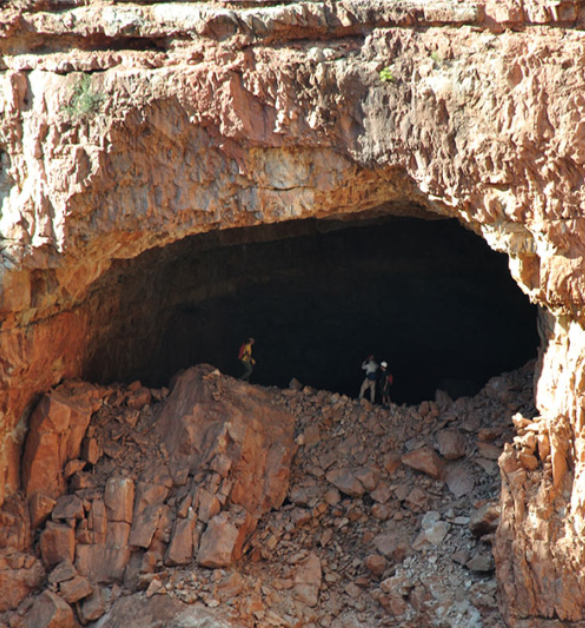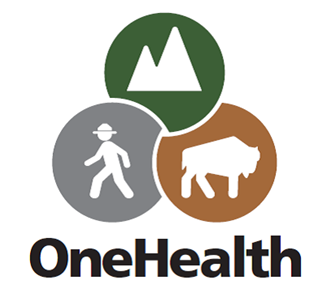Last updated: March 27, 2018
Article
One Health and Disease: Histoplasmosis
Histoplasmosis
Histoplasmosis is a lung disease caused by the fungus Histoplasma capsulatum. The fungus grows in soil with a lot of bird droppings or bat guano (feces). Histoplasmosis can be prevented in humans by avoiding dust and areas heavily contaminated with bird or bat droppings.

NPS Photo.
General Histoplasmosis Information
Geographic Distribution
The fungus Histoplasma capsulatum affects humans and animals worldwide and is found most commonly in the central, southeastern and Mid-Atlantic States in the US.
Hosts and Transmission
The fungus is spread by breathing in tiny spores from fungus found in soil with bird droppings or bat guano. The spores grow in guano and bird droppings that have been accumulating or sitting for several weeks. Stirring up dust from areas contaminated with large quantities of bird droppings or bat guano could put you at risk for histoplasmosis infection.
Prevention and Control
You can help prevent getting histoplasmosis while visiting the parks by avoiding dust and areas contaminated with bird or bat droppings.
Signs and Symptoms
Most humans with histoplasmosis do not experience symptoms. If people do have symptoms, they usually occur 3-17 days after exposure and include:
- High fever
- Cough
- Chest Pain
- Headache
- Weakness
Anyone can become infected with histoplasmosis, but people with weakened immune systems are more likely to have clinical signs.
Treatment
Animals and humans with histoplasmosis often get better on their own without treatment.
If you think you have the symptoms of histoplasmosis and were recently exposed to bird or bat droppings, consult your healthcare provider. Antifungal drugs may be needed for serious cases of the disease in humans and animals.

NPS Graphic.
One Health and Histoplasmosis
Fungi like Histoplasma are important species in natural areas because they break down and recycle nutrients for future generations of plants and animals. Human impacts on the environment – such as disruptions of natural habitats with land development – affect habitats where birds and bats live by releasing the fungus into the environment. Several outbreaks of histoplasmosis in humans have been linked to land development.
By protecting natural environments and their ecological properties and processes, we can help protect ourselves from histoplasmosis – this is One Health in action.
Contact
Biological Resources Division and Office of Public Health1201 Oakridge Drive, Suite 200
Fort Collins, CO 80525
e-mail us
